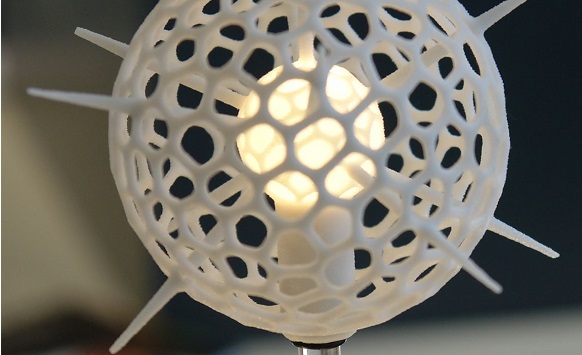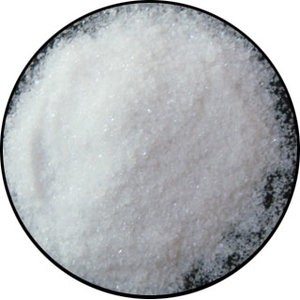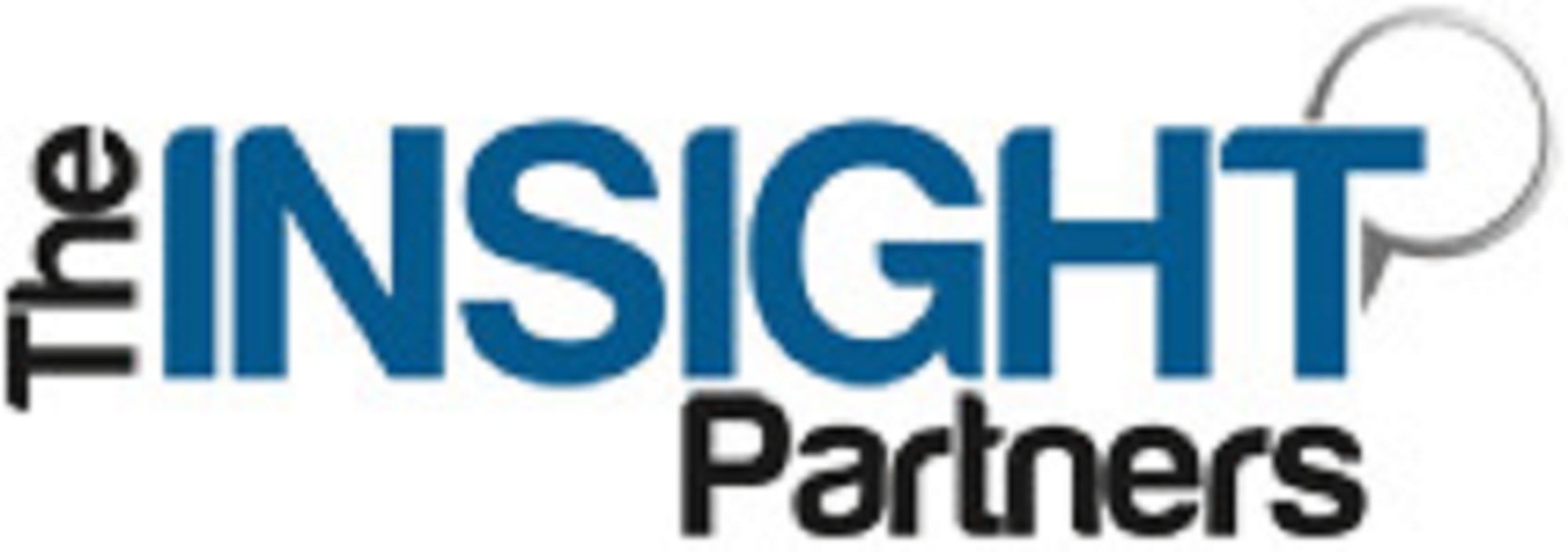Rapid industrialization to propel high growth of additive manufacturing market in the APAC region
The global additive manufacturing market accounted for US$ 8.44 Bn in 2017 and is expected to grow at a CAGR of 17.7% over the forecast period 2019–2027, to account for US$ 36.61 Bn by 2027. Additive manufacturing is today considered as one of the major advanced technologies which are developing rapidly as a result of increased investments in the technology. Conventional manufacturing methods have found to be highly time-consuming as well as labor-intensive. Hence, in the manufacturing era, the enhanced focus has been laid on the automation of certain aspects of manufacturing. Additive manufacturing uses computer software for designing the product prototype. Throughout the process of designing, manufacturing, and commissioning, certain international standards are to be followed that facilitates plant engineers to enhance quality. Design software, constant analysis and upgrading of standards can provide a solution to intensify quality and production. Therefore, companies worldwide are increasingly implementing automation into manufacturing processes to minimize production/construction errors.
Moreover, due to the massive increase in the demands for consumer based products, error prevention, and automation has dramatically increased in recent years. All the specifications of the production are expected to be handled with perfection, ensuring the maximization of the up-time. Thus, with the help of additive manufacturing which is run on a computer-aided design (CAD) software, design, as well as process monitoring, are integrated to meet the global consumer demand. Furthermore, with the help of 3D software, physical parameters including, volume, pressure, temperature, material, and others can be added to ensure the designer to select an optimal option regarding cost and quality. The conventional way of designing 3D models was time-consuming and expensive. Visualization and simulation have become the core factor for the businesses that seek to introduce a new product in the additive manufacturing market.
The global printing player, Hewlett-Packard is looking ahead to partner with an Indian government. The partnership projects to boost 3D printing solutions in manufacturing and prototyping market by grabbing all potential opportunities. India is considered as a strategic hub for a significant shift and therefore, the company is planning to collaborate with an Indian government in order to push 3D printing to the manufacturers of aerospace, healthcare, automotive, and designers of materials and prototyping and materials. It further projects plans to collaborate with other government and industry partners to introduce more opportunities associated with additive manufacturing technology. The Asia Pacific region is projected to showcase robust technological growth in forthcoming years, owing to the investment directed towards research & development activities over upcoming technologies. Also, early adoption of the technology in Japan and China, as well as increasing use of the technology in healthcare and automotive industries for manufacturing across developing countries such as India, South Korea, and Taiwan is projected to further increase the market of additive manufacturing in the region.
Furthermore, several initiatives to propel the additive manufacturing market has undertaken by varied players. For instance, XJet uses jetting technology for infusing tiny metal particles into a liquid instead of using lasers for melting metal powders. The underlying technology changes the properties of the material and enables a finer metal grain structure presenting the greater potential for printing multi-material metals. Similarly, Inkbit is focusing on inject-head printing system using conductive inks having higher resolutions, good material properties, and full-color polymer printing. The automotive industry demands for high-performance polymers for most of its automotive body components that would result in the overall weight reduction of the chassis.



